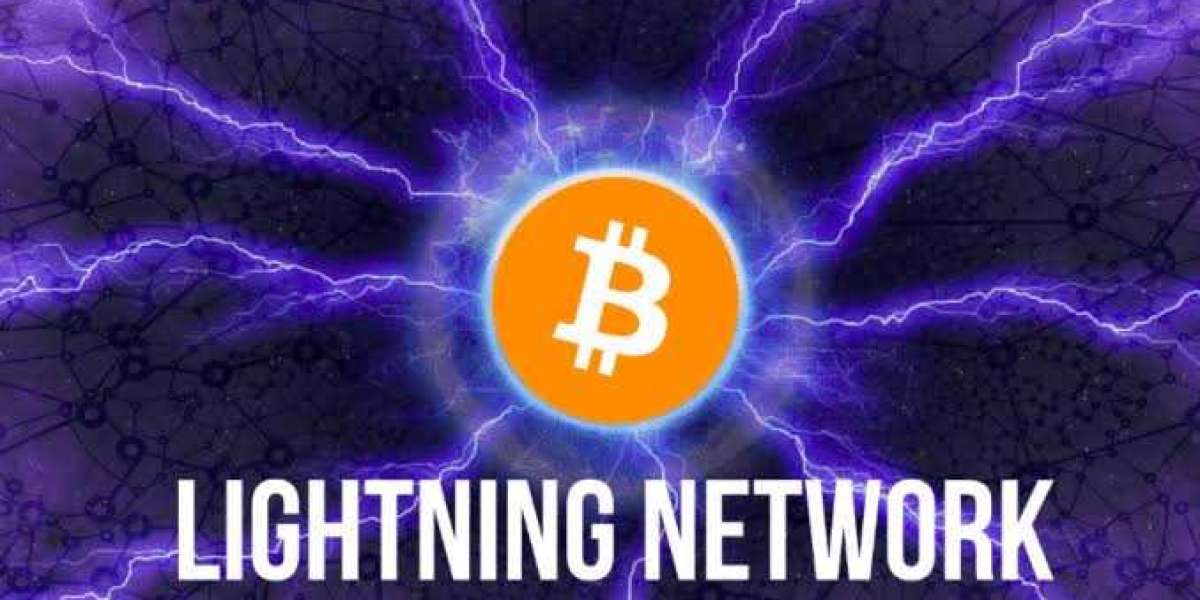Bitcoin's Lightning Network (LN) is a second layer added to Bitcoin's network enabling transactions to be done between parties off of the blockchain—called off-chain transactions. you can think of it as being a little like an HOV lane on a highway.
It is designed to speed up transaction processing times and decrease the associated costs of Bitcoin’s blockchain.
Joseph Poon and Thaddeus Dryja published a draft of the Lightning Network white paper in February 2015.
The goal of the Lighting Network was to create channels in which payments could be made between users without any fees or delays. By allowing the transactions to be done off-chain, the processing time and the number of transactions done via the on-chain network would be improved.
Lightning Network’s use cases
1. Twitter allows users to send and receive Bitcoin “tips” via the Lightning Network. Via a Lightning Network-compatible payments app called Strike, many of Twitter’s 360 million monthly active users can send Bitcoin payments to other Twitter accounts instantly and for free.
2. El Salvador became the first nation to make Bitcoin legal tender — in part because of the the desire to save Salvadorans some $400 million annually in money transfer fees. The government-created wallet, Chivo, is Lightning-compatible and designed to enable seamless cross-border payments. As of October, Chivo had consistently been one of the most-downloaded apps in El Salvador.
3. A peer-to-peer Bitcoin exchange called Paxful, which processes millions of dollars worth of Bitcoin transactions in emerging markets and claims to have 1.5 million users in Africa alone, also recently announced it will enable Lightning payments. This integration could enable fast and cheap Bitcoin payments for millions of users.
BTC Lightning Network wallet options:
Popular wallet options for BTC Lightning include both “custodial” and “non-custodial” wallets. Here’s the difference:
Custodial wallets: Options include Strike, Blue Wallet, and Wallet of Satoshi. These tend to be good for beginners, because they simplify the sending and receiving crypto by managing your private keys. If, for instance, you lose your password, you’ll be able to reset it.
Non-custodial wallets: Options include Muun, Breez, Phoenix, and Zap. These wallets are user-controlled and popular with more experienced traders — nobody but you has your private keys. If you lose or damage your wallet or forget your password, you could lose access to your funds. So make sure you learn how to back up or restore whichever wallet you choose.
Key take away from this article are:
- Bitcoin's Lightning Network (LN) is a second layer added to Bitcoin's network enabling transactions to be done off of the blockchain.
- Lightning Network is designed to speed up transaction processing times and decrease the associated costs of Bitcoin’s blockchain.
- However, Lightning Network still has costs associated with it and can be susceptible to fraud or malicious attacks.
- Bitcoin's price swings may prevent the crypto from becoming a popular method of payment limiting the use of Lightning Network.
- Current Lightning Network public channel capacity is at 3,539 bitcoin, and it continues to grow over 30% annualized.
- Lightning Network still has costs associated with it and can be susceptible to fraud or malicious attacks.
- While the Bitcoin blockchain can handle about 7 transactions per second, it is possible to handle up to 1,000,000 transactions per second within a channel with the Lightning Network.
- The Lightning Network is growing rapidly, at this time there are 31,965 public Lighting Nodes, (up 5% in the last 30 days as of this writing). It is hard to put your finger on exactly how many lightning nodes there are in total. This is due to the fact that some nodes only open private channels.
- The Lightning Network – Bitcoin's layer 2 instant payment protocol – will be used by more than 700m people by 2030 according to Arcane Research's new report.







Madusanka Teach 3 yrs
Awesome